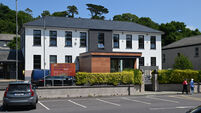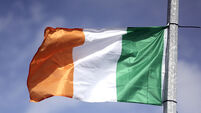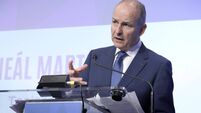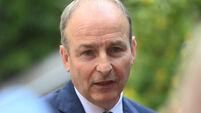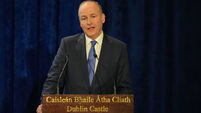Readers' blog: Church just wanted to silence Galileo
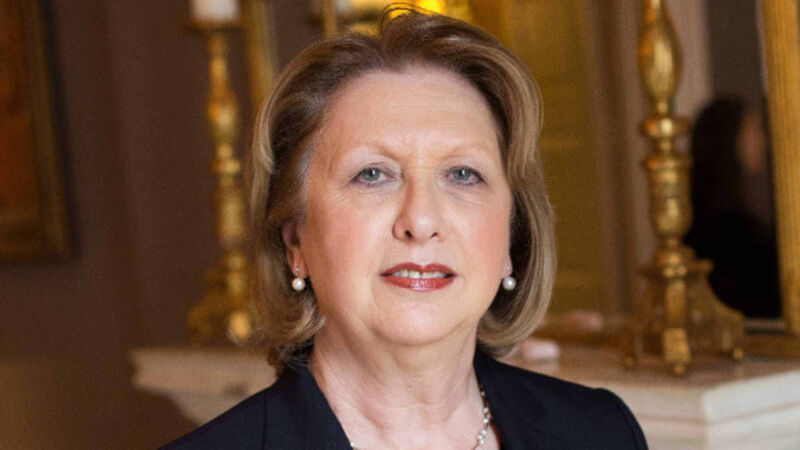
In his remarks of June 27 (Irish Examiner, Letters) about former President Mary McAleese and the Galileo affair (McAleese said that the Church quietly abandoned its criticism of Galileo for teaching that the Earth orbits the sun), William Reville claims that “in order to properly understand what happened, the story must be told in the context of the historical times”.
He fails his own test.
At his trial in 1633, Galileo was accused of holding a false doctrine, “contrary to the sacred and divine scripture”, namely that the Earth moves around the sun.
In response, Galileo said “I abjure, curse and detest my errors”. If he had not done so, he would have been tortured.
In 1614, Galileo wrote: “In disputes about natural phenomena, one must not begin with the authority of scriptural passages, but with sensory experience and necessary demonstrations”.
The nub of the issue was Galileo’s challenge to authority.
The Church had no interest whatever in whether Galileo had amassed arguments in favour of a moving Earth.
The Church still saw itself as the only arbiter of the truth and so Galileo had to bow the knee.
Dr Reville’s account of the scientific history of the time also demands analysis.
He cites Tycho Brahe as an opponent of the sun-centred model of the universe, but ignores the work of Johannes Kepler.
In 1605, Kepler used the trove of data supplied by Tycho to show that each planet follows an elliptical path around the sun.
If Tycho had lived and had remained an opponent, he would have been in opposition to himself.
Further evidence in favour of the sun-centred model was the prediction by Castelli of the existence of the phases of Venus, which Galileo subsequently observed.
This can only be explained if Venus orbits the sun. That was a perfect example of the scientific method instituted by Galileo: Make a prediction based on a hypothesis and then experimentally verify the prediction.
Once Newton articulated the laws of motion and gravitation in 1687, which explained why the planets moved around the sun, the matter was definitively settled.
Once the very large distances to the sun and the planets were established, it was clear that even the nearest stars were very distant indeed.
The first parallax measurement of our nearest star, Alpha Centauri, was done in 1832, by Thomas Henderson.
Even by 1633, scripture-based astronomy was already in the dustbin of intellectual history — based on the work of Copernicus, Brahe, Kepler, and Galileo, the burden of proof had switched to the opponents of the sun-centred model.
Dr Reville’s benign interpretation is not well-founded.

